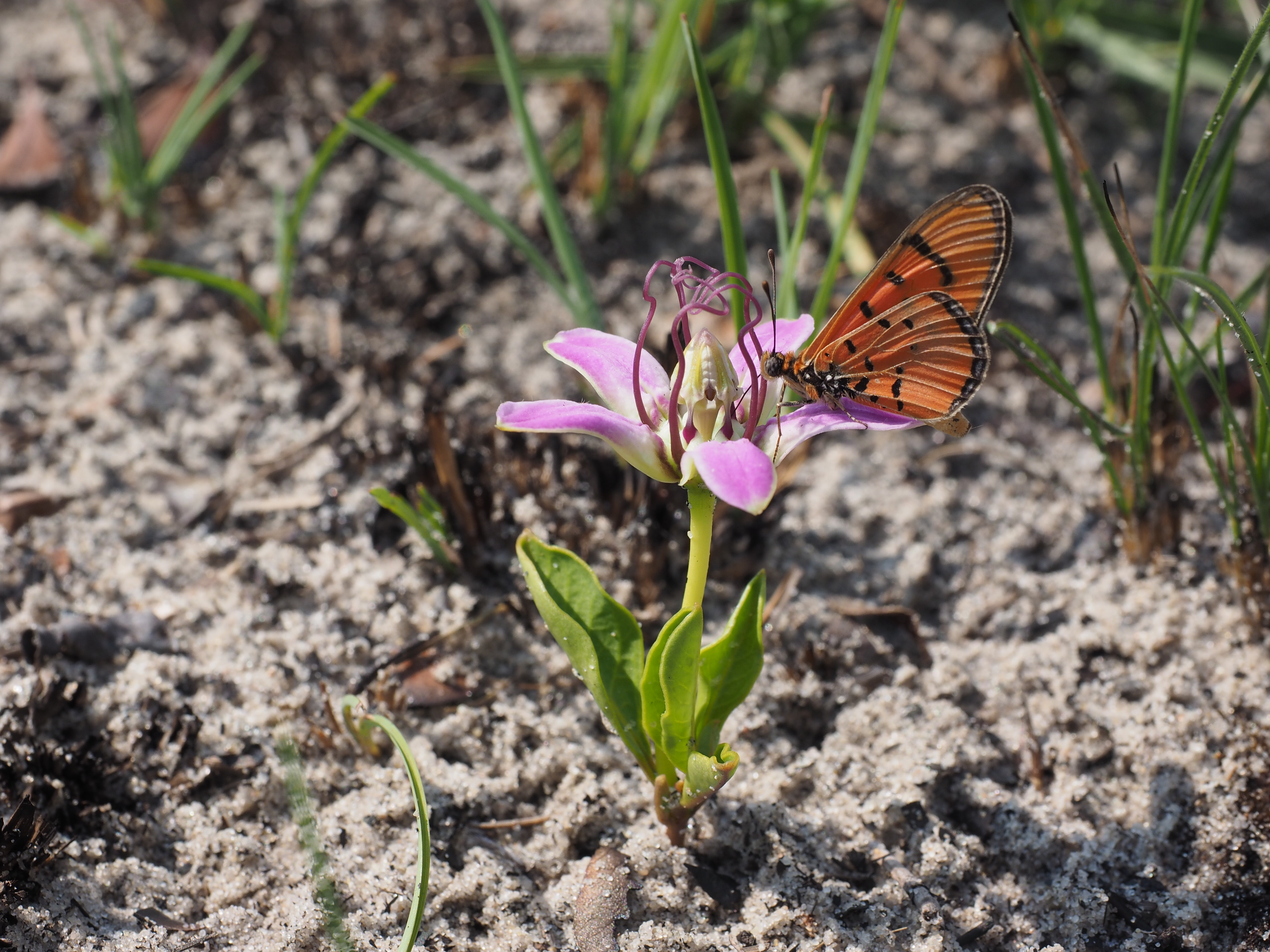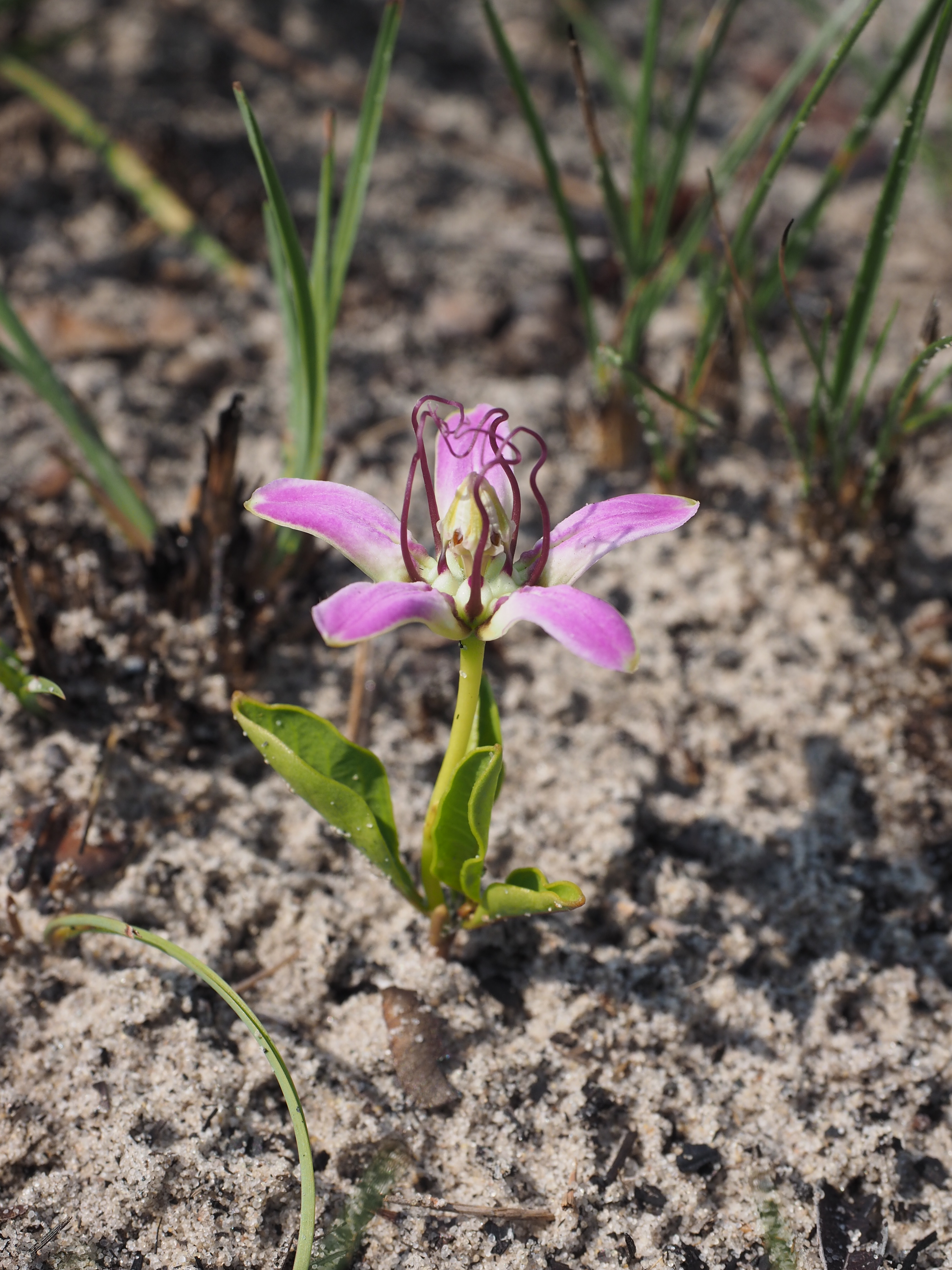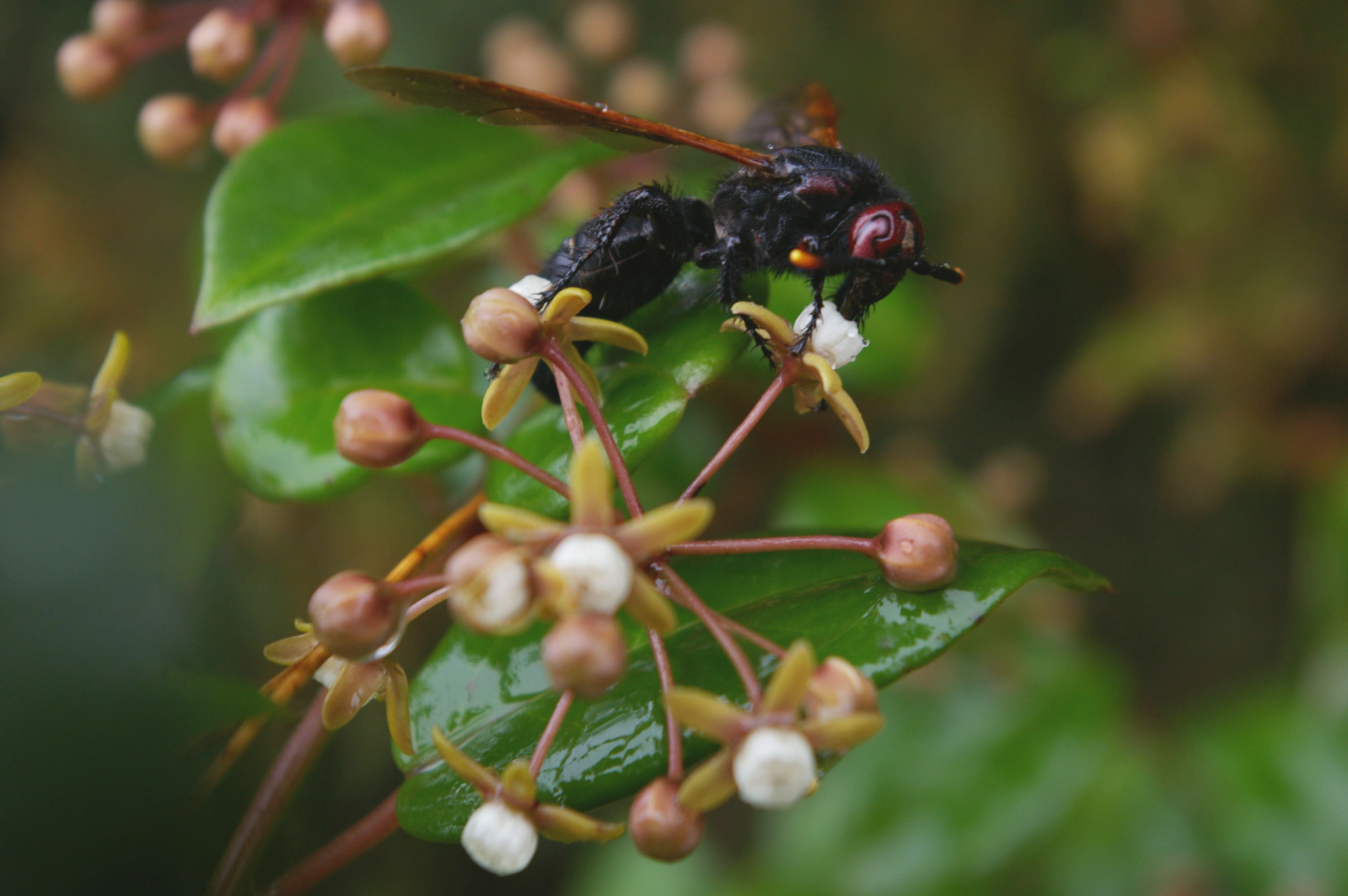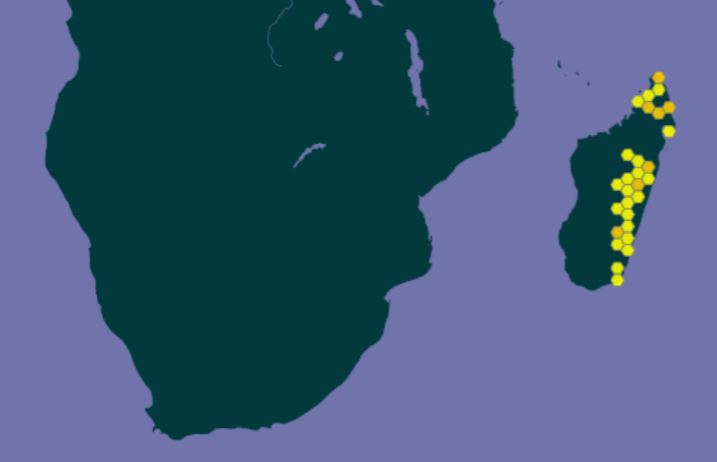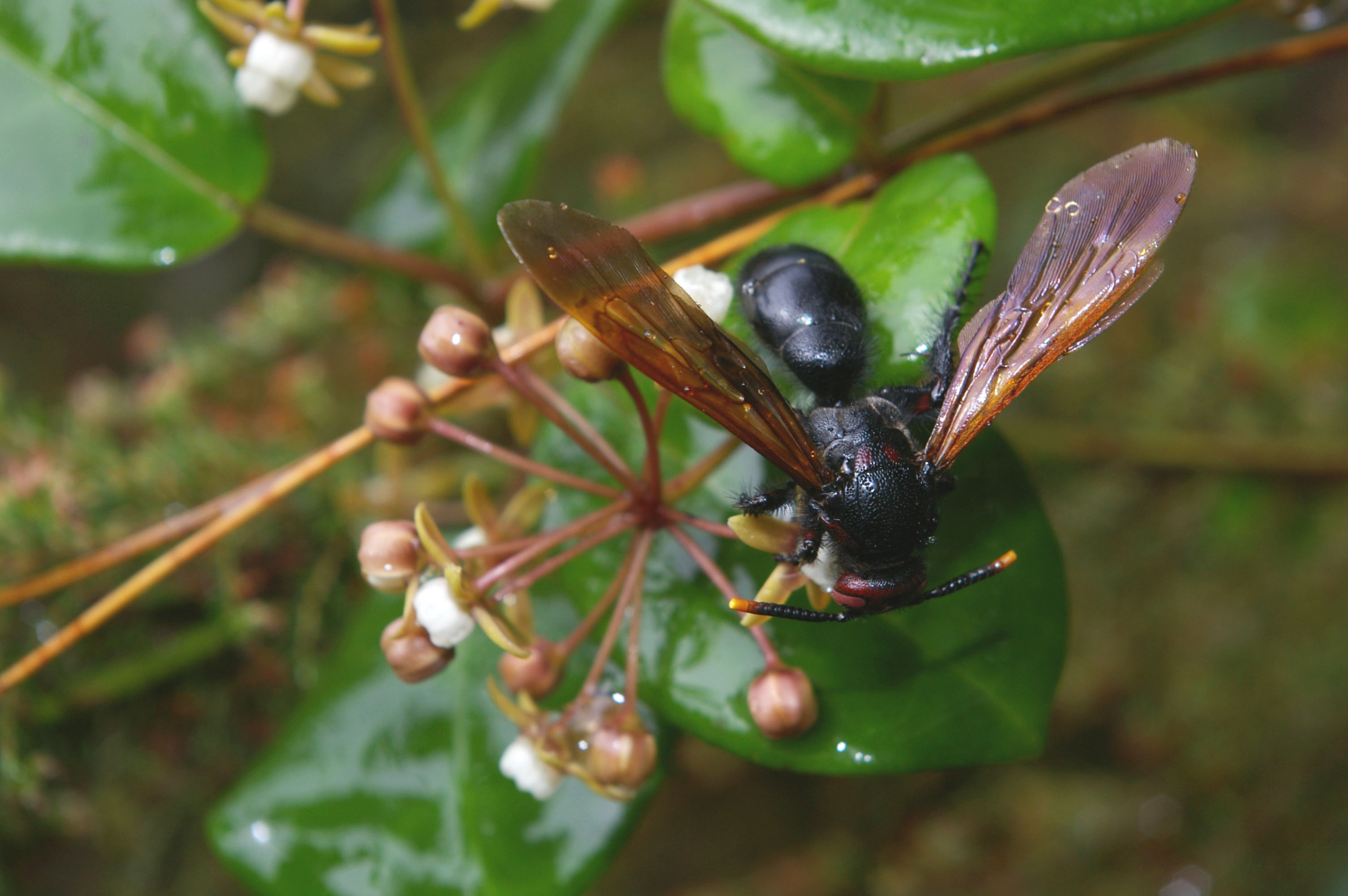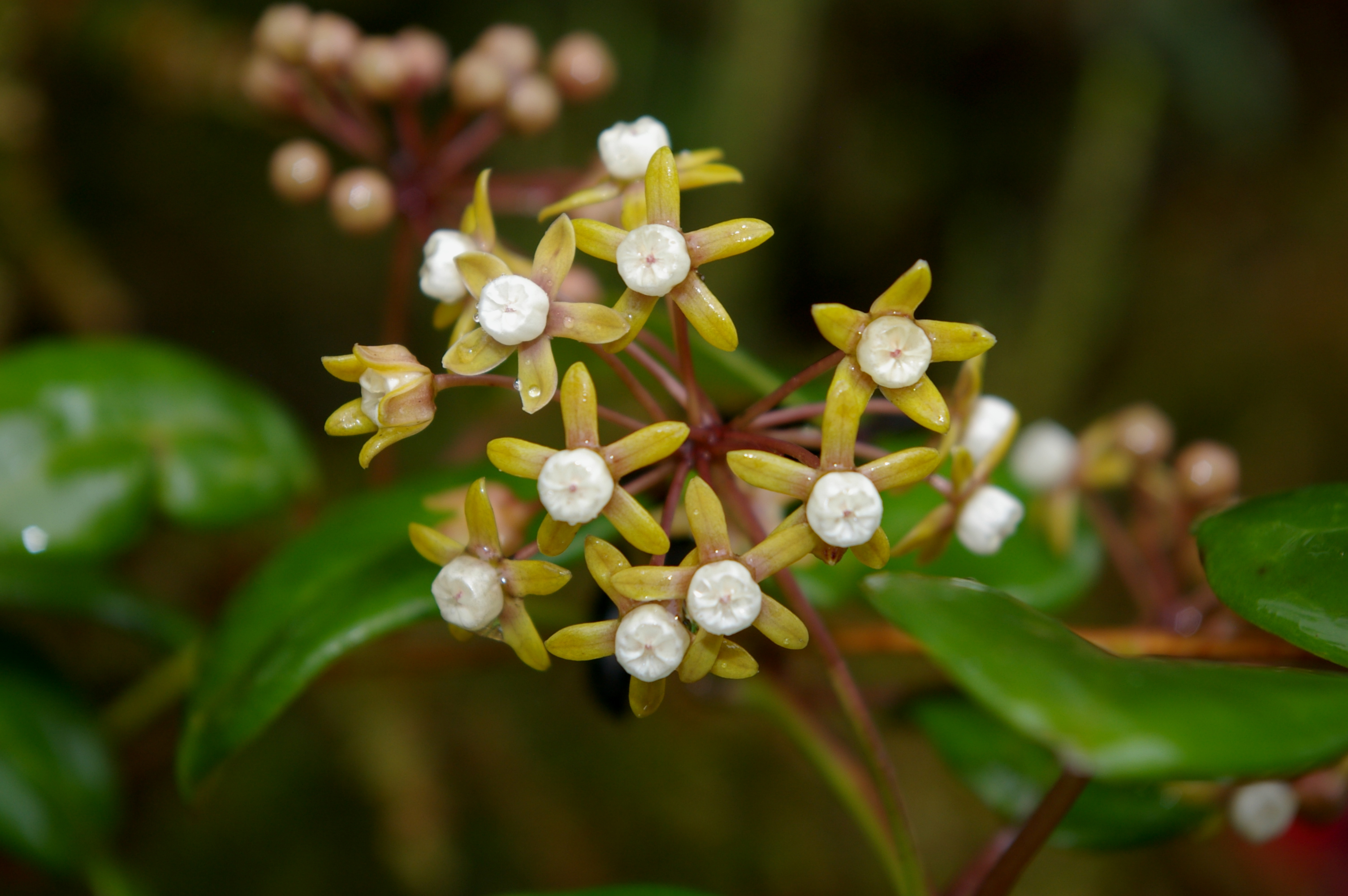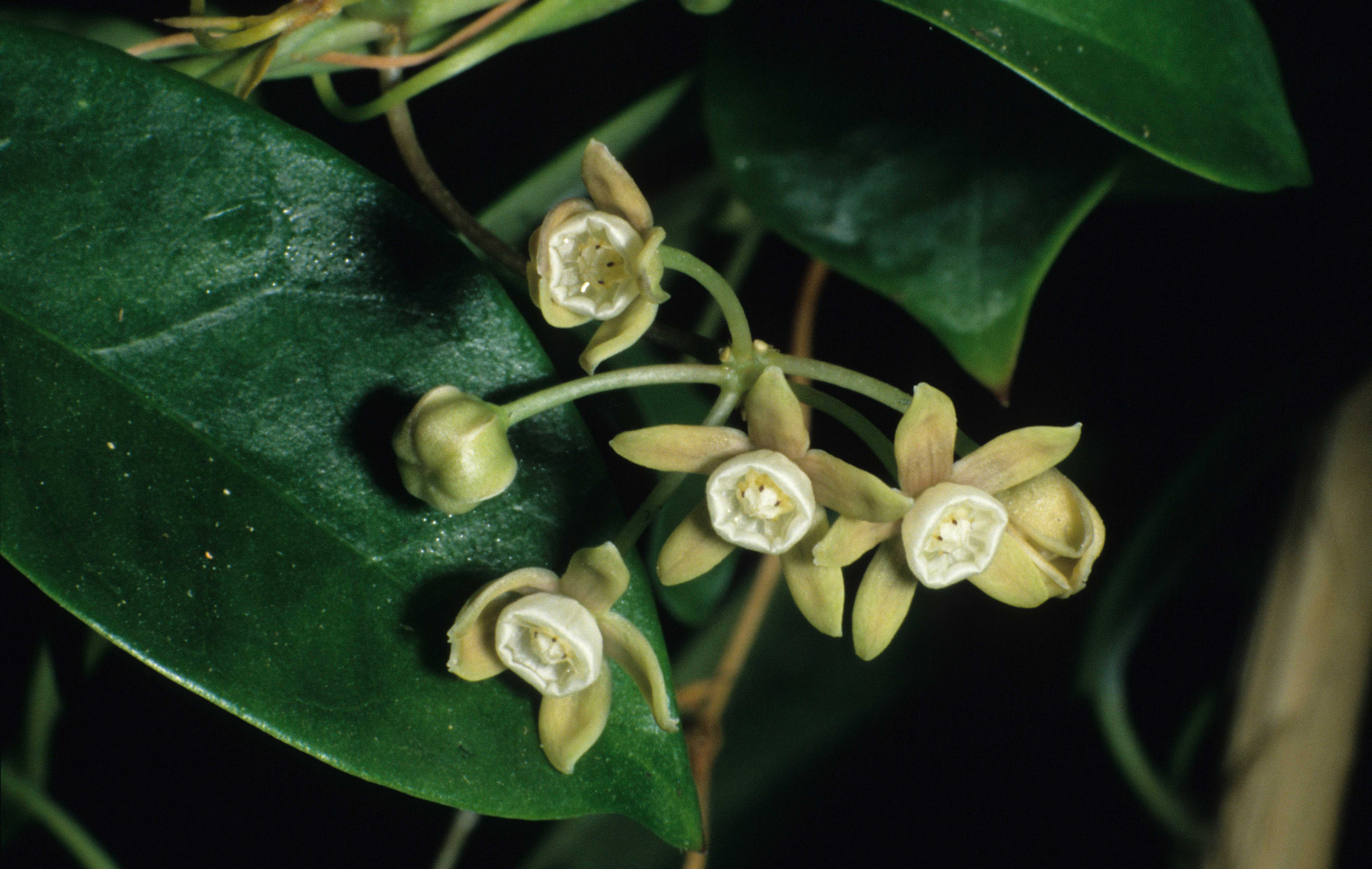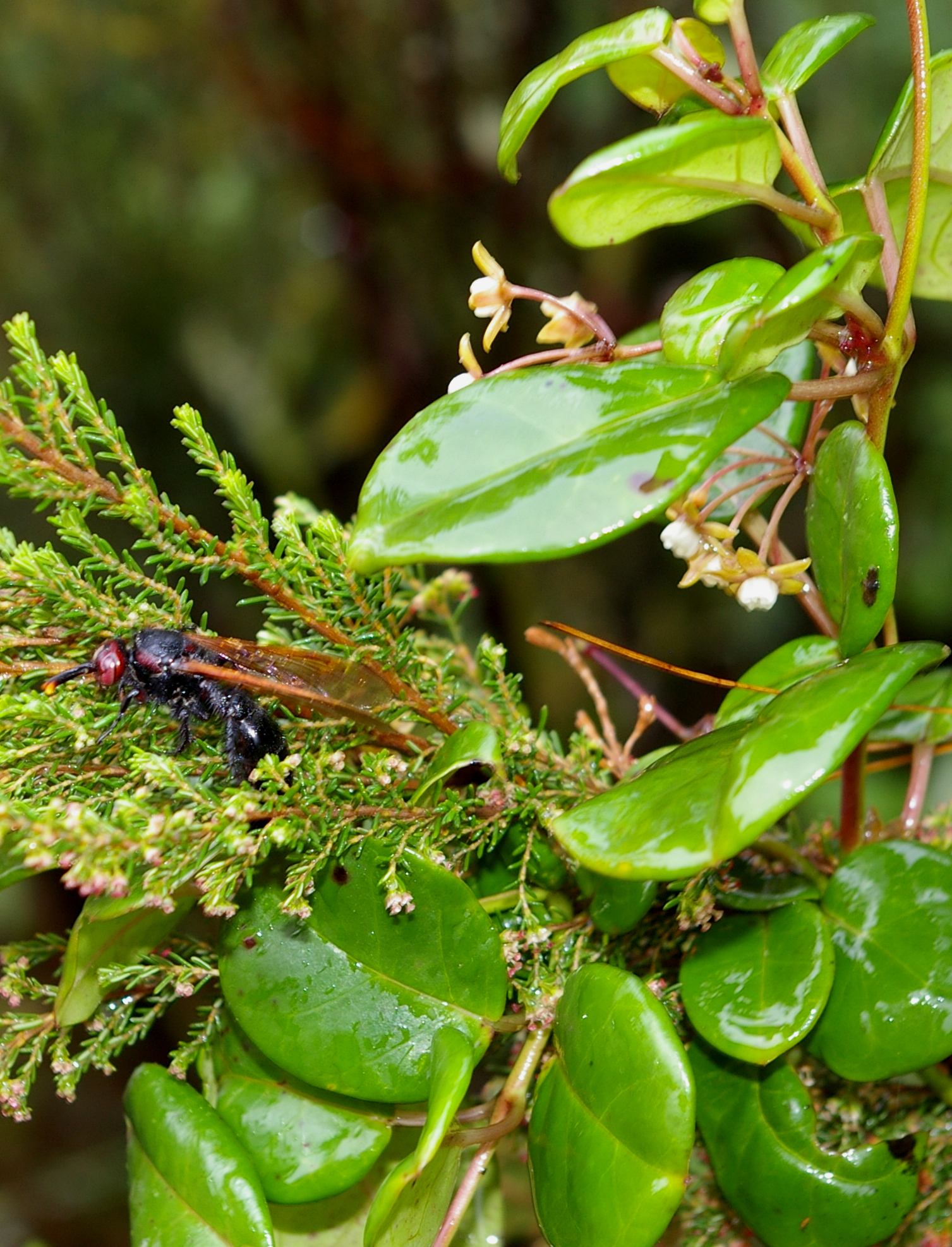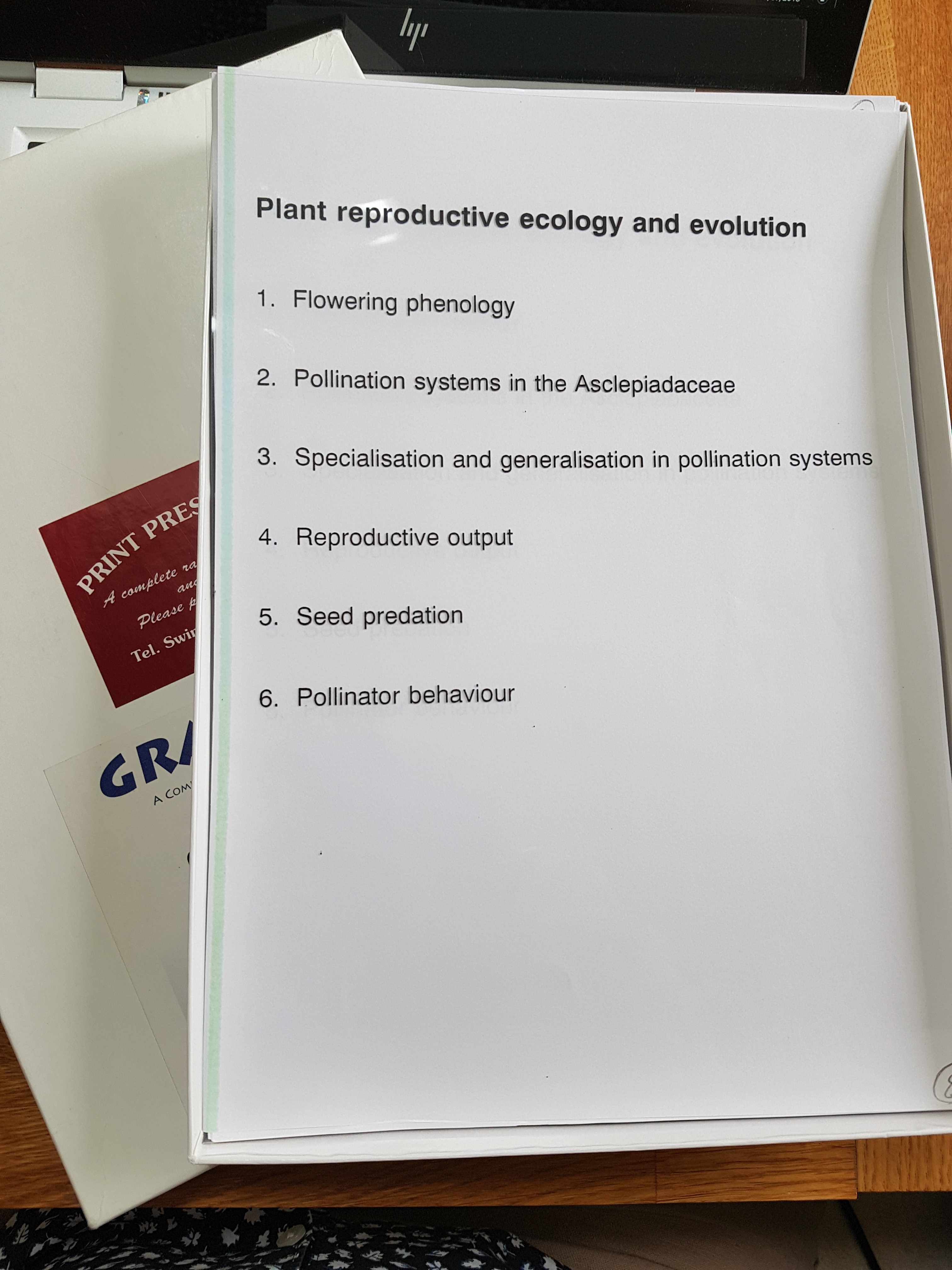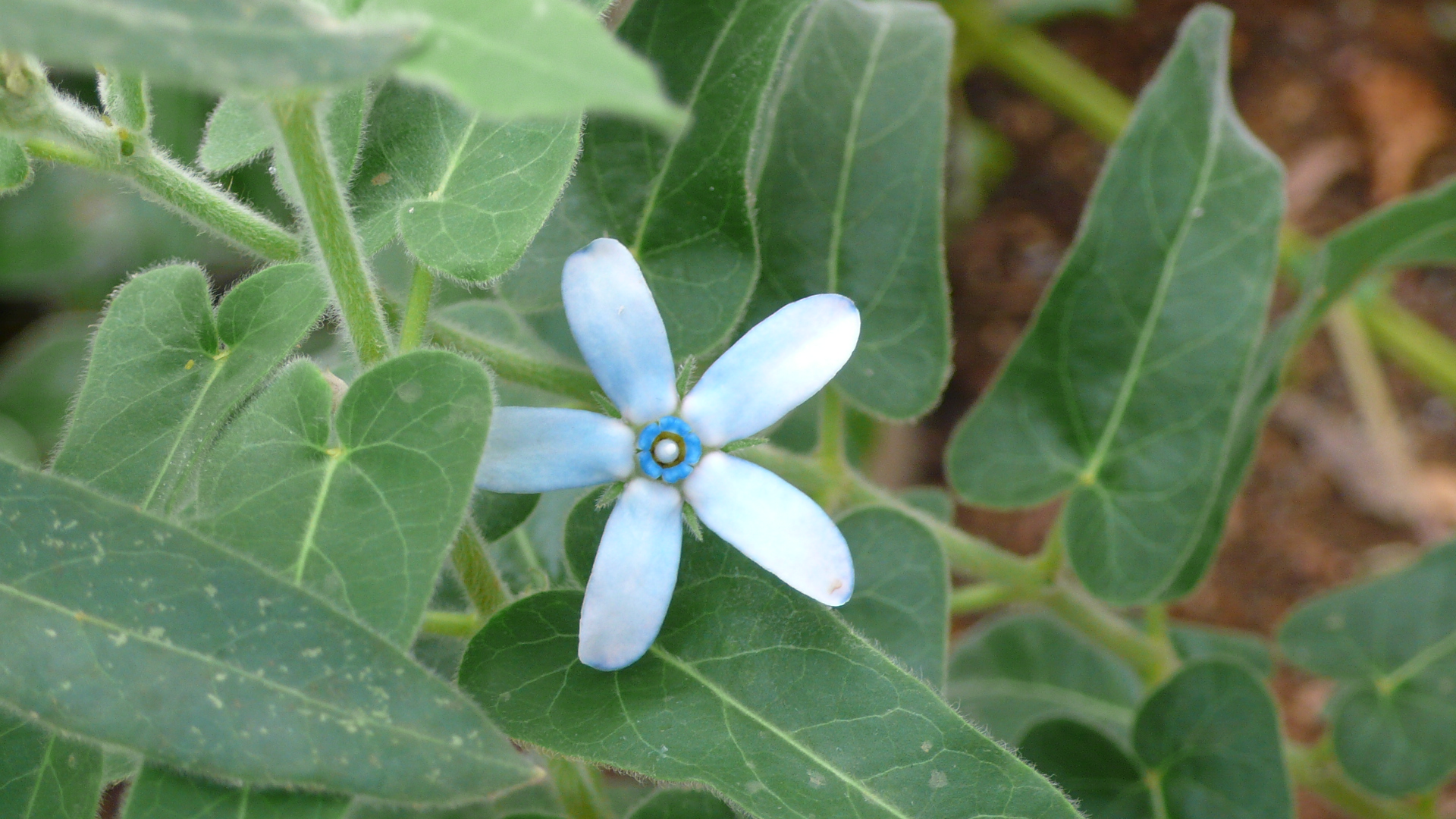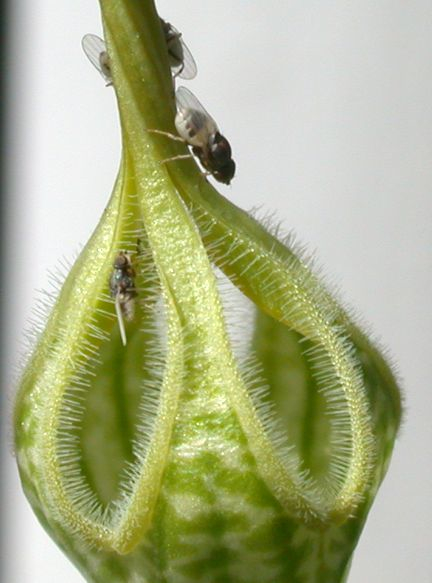This post resulted from a question I posed on Twitter last week and hopefully summarises the issue as I see it and the results of the discussion with colleagues that followed. Let me know if you disagree or if I have missed anything.
The use of network approaches to understanding how plants and their flower visitors interact has revolutionised the study of these and other mutualistic assemblages of species. It’s a subject I’ve discussed on the blog before, highlighting some of the work we have published – for instance, see Plant-pollinator networks in the tropics: a new review just published and Local and regional specialization in plant–pollinator networks: a new study just published as two recent examples.
One of the recurring patterns that we see in mutualistic species networks (but not in antagonistic ones such as host-parasite and predator prey) is “nestedness”. In a nested assemblage of species, generalists with lots of links to other species interact with other generalists and with specialists (those species which have few links to other species). Conversely, specialists tend only to link to generalists: specialist-specialist interactions are rare. In nature, when we rank species in a network from most to least generalised, this sort of relationship looks like this:

The rows are plants and the columns are pollinators, in this case from an assemblage of asclepiads and their pollinators we studied in South Africa. A filled cell in the matrix indicates an interaction between that particular plant-pollinator combination. It’s not perfectly nested by any means, but statistically this is not a random pattern and it comes out as nested when analysed. There are a few ways of doing this but the most commonly used is the Nestedness metric based on Overlap and Decreasing Fill (NODF) developed by Almeida-Neto et al. (2008).
I first saw nestedness discussed in relation to plant-pollinator interactions in a presentation by Yoko Dupont of her PhD research at a SCAPE meeting in Sweden in 2001. It was one of those “A-HA!” moments in science when the light bulb switches on and you realise that you are seeing an important new development which adds significant understanding to a field. Yoko subsequently published her work as Structure of a plant–flower‐visitor network in the high‐altitude sub‐alpine desert of Tenerife, Canary Islands.
The nested pattern of interactions is conceptually derived from earlier work on island biogeography and species-area relationships and was initially developed to apply to interaction networks by Jordi Bascompte and colleagues in Spain and Denmark – see: The nested assembly of plant-animal mutualistic networks.
What was so exciting about this idea to me was that it provided a way to formally analyse what many of us had been observing and discussing for some time: that mutually specialised plant-pollinator interactions between species are rather rare, and that specialists tend to exploit generalists. This makes perfect sense because specialist-specialist interactions may be more likely to go extinct, though why it does not also apply to host-parasite interactions is far from clear (and in fact the best known specialist-specialist interactions tend to derive from seed parasitism interactions such as fig-fig wasp and yucca-yucca moth relationships).
Fast forward 20 years and the plant-pollinator networks literature has exploded and our methods of analysis are much more sophisticated than they were in the late 1990s and early 2000s. Every few months researchers are coming up with new ways in which to analyse these networks, mainly using the R environment for statistics and graphing. Anyone entering the field would be forgiven for being bewildered as to which approaches to use: it’s bewildering enough for those of us who have been following it from the start!
One thing has been particularly bewildering me for a few years now, and that’s the introduction of “weighted” nestedness. “Weighted” in this sense means that the abundance or interaction frequencies of the species in the network is taken into account in the analyses. Visually it could look something like this if we code the cells in the network above to represent abundance or frequency (the darker the cell, the more abundant or frequent):

I’ve just mocked up the network above, it’s not the actual data. But quite often networks look like this when we weight them: generalist interactions and/or species tend to be more frequent than specialist. So far, so obvious. But here’s the thing: networks that are statistically significantly nested when analysed by NODF tend to be not significantly nested when analysed by a new set of weighted metrics such as wNODF or WINE – see the documentation for the bipartite package for details. And I don’t understand why. Or rather I don’t understand why we should be using weights in an analysis of nestedness which is, at its heart, an analysis of presence-absence. Species are either there or they are not, they are either interacting or they are not. Their frequency or abundance is immaterial to whether a network is nested. Indeed, assessing frequency of interactions in plant-pollinator networks is fraught with difficulties because (a) there are so many ways in which to do it; and (b) interactions between plants and pollinators in a community can vary HUGELY between years and across the geographical ranges of the species involved.
This should concern the interaction network community because recently I’ve had reviewers and co-authors saying things like: “don’t analyse for nestedness using NODF because wNODF/WINE is The Latest Thing, use that instead”. But as far as I and the colleagues who commented on Twitter can tell, nestedness and weighted nestedness are different concepts and are not inter-changeable. Indeed, many of us are struggling to really define exactly what weighted nestedness analyses are actually measuring. I can define nestedness in simple terms as a verbal concept, without using the word “nested”, as you saw above. I can’t do that with weighted nestedness, and I have yet to encounter anyone who can.
So the consensus from the Twitter discussion seems to be that:
- for any study we should use only those analyses that are relevant to the questions we are asking rather than simply running every available analysis because there are lots to choose from.
- weighted interaction networks that include abundance or frequency are not necessarily superior to binary presence-absence networks. Again, it depends on the question being asked.
- we should not treat weighted nestedness as an upgraded or superior version of classical nestedness. If you are interested in nestedness, use a binary analysis like NODF.
My thanks to the colleagues who contributed to the Twitter discussion: Nacho Bartomeus, Pedro Jordano, Pedro Luna, Marco Mello, Chris Moore, Timothée Poisot, and Kit Prendergast. If you want to follow the Twitter discussion, start here: https://twitter.com/JeffOllerton/status/1159377089319047168






